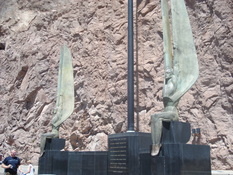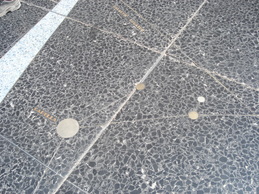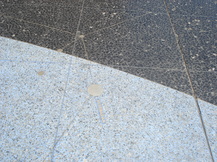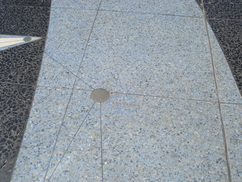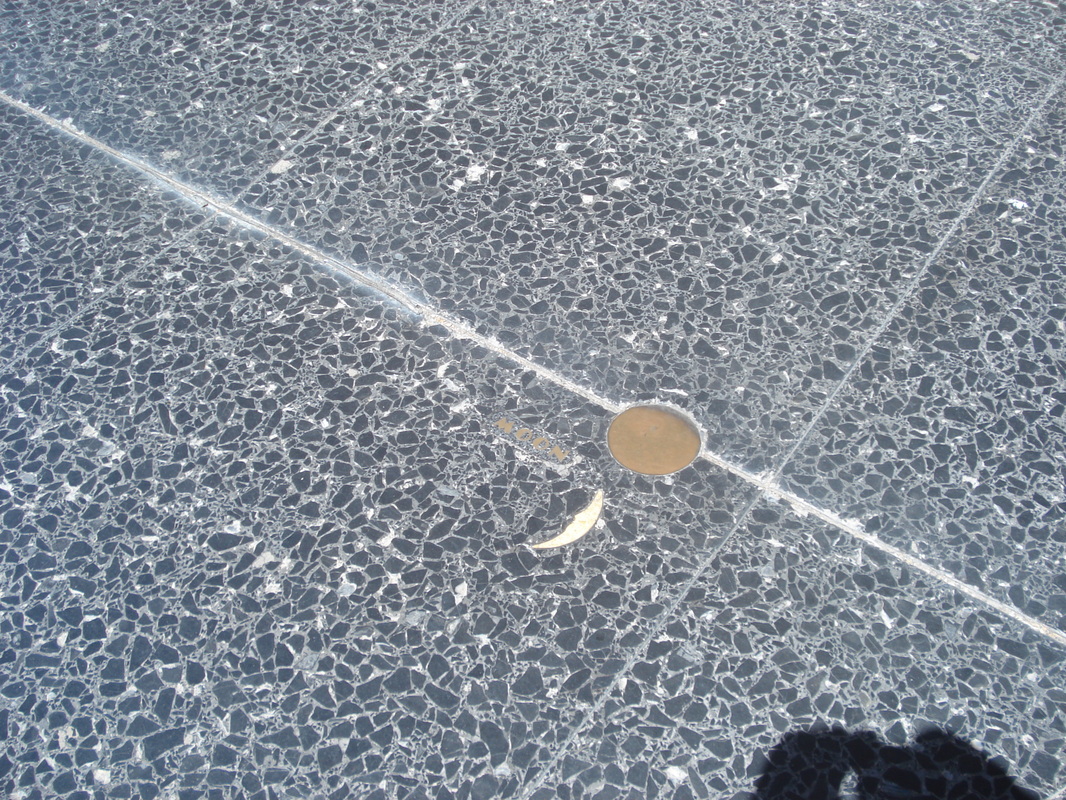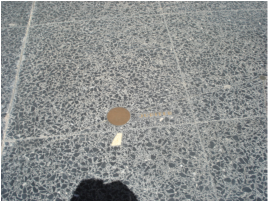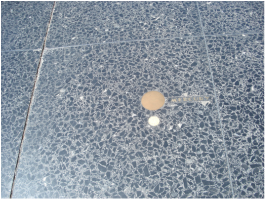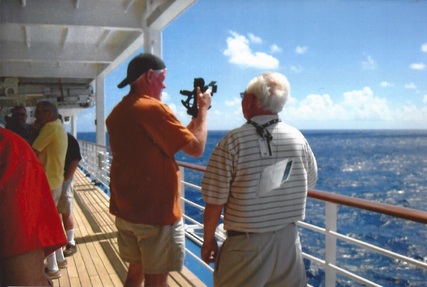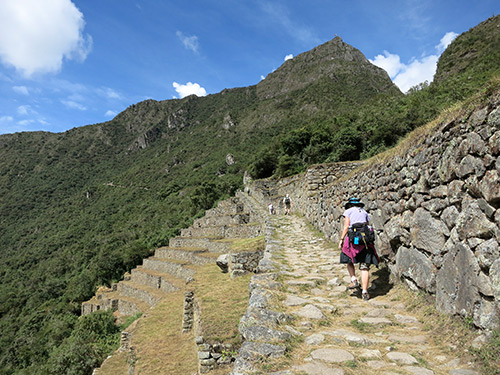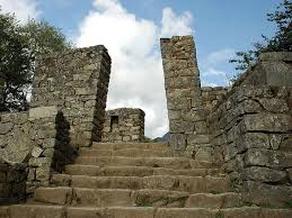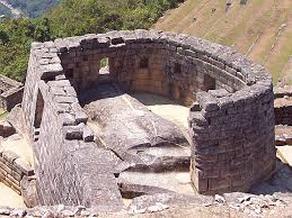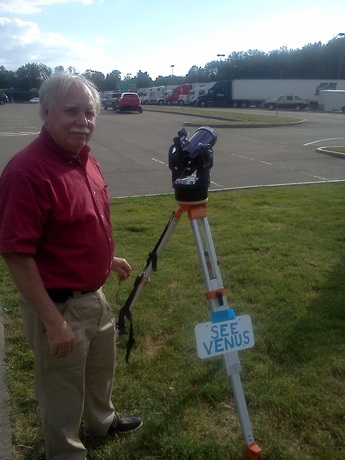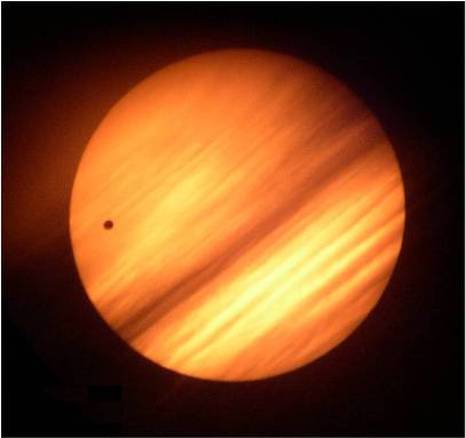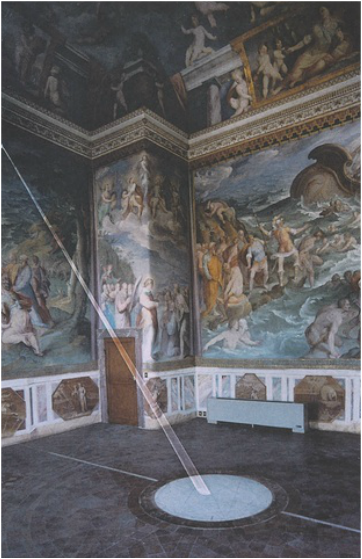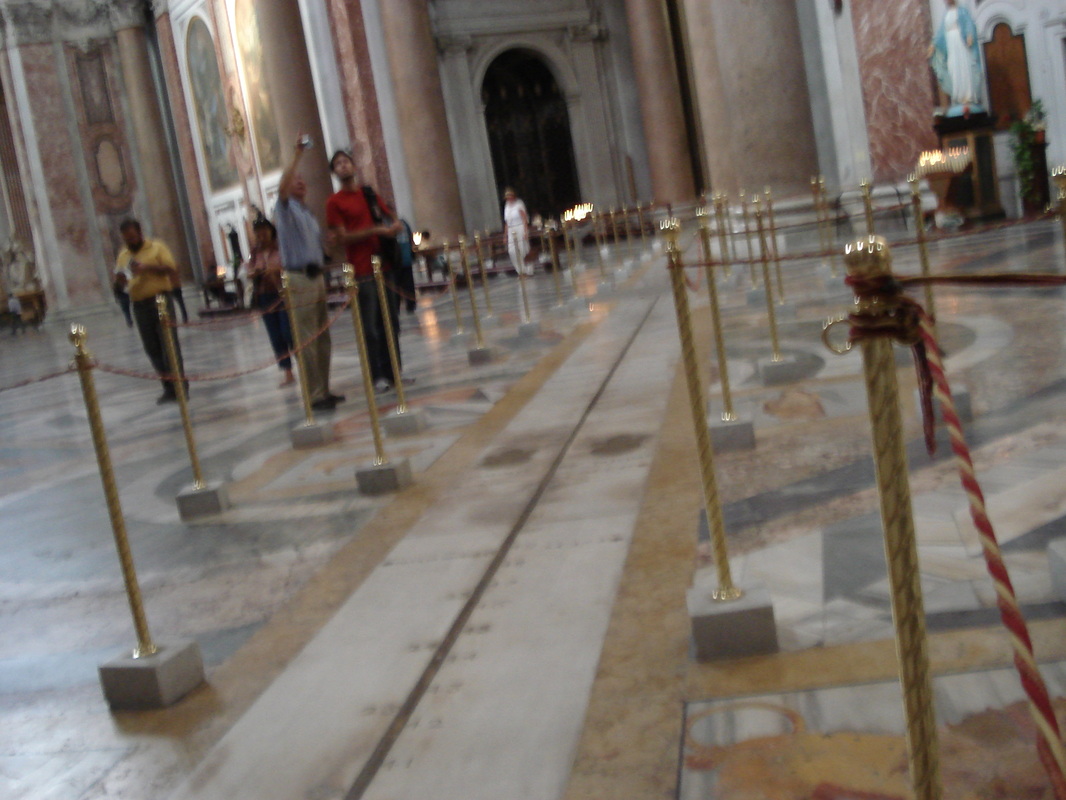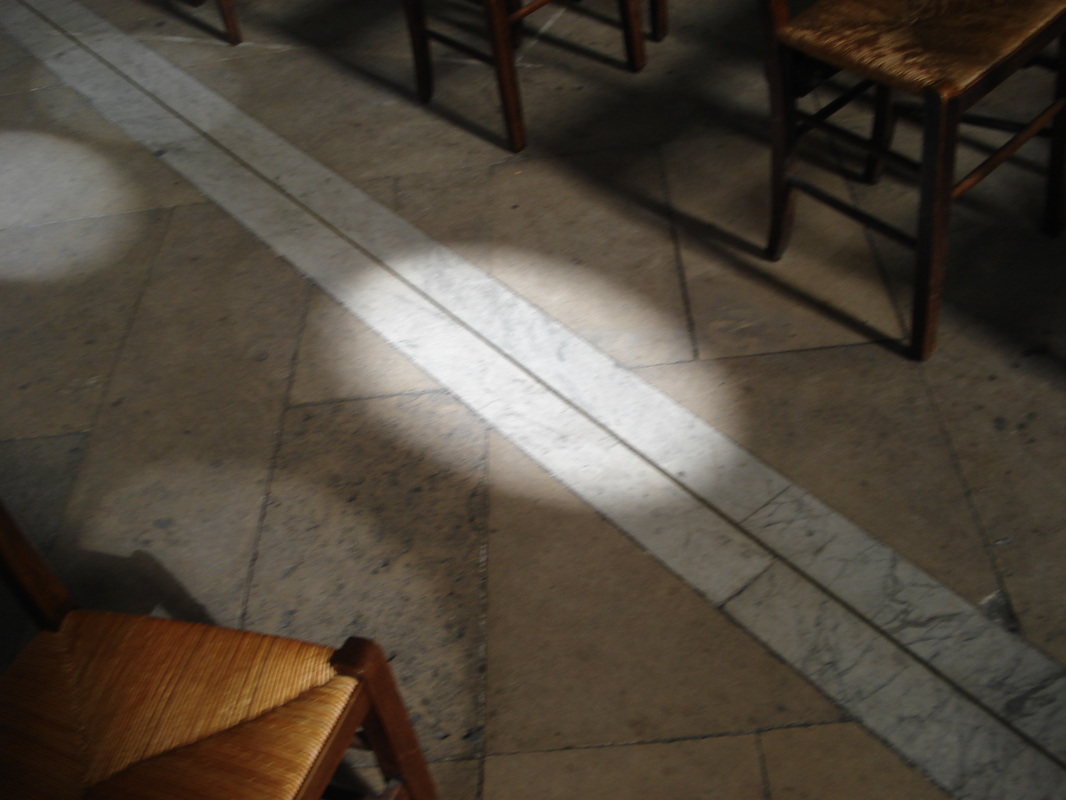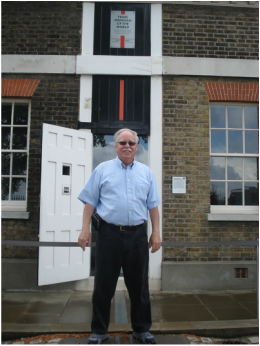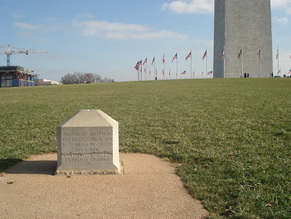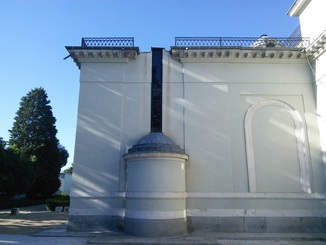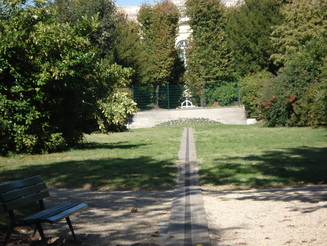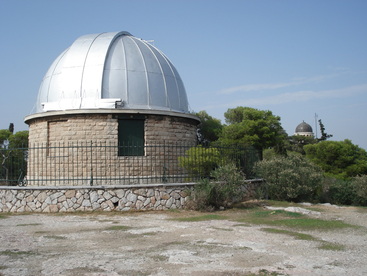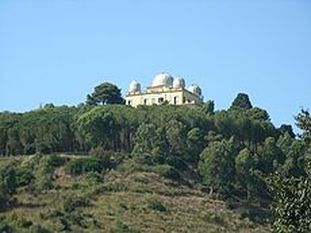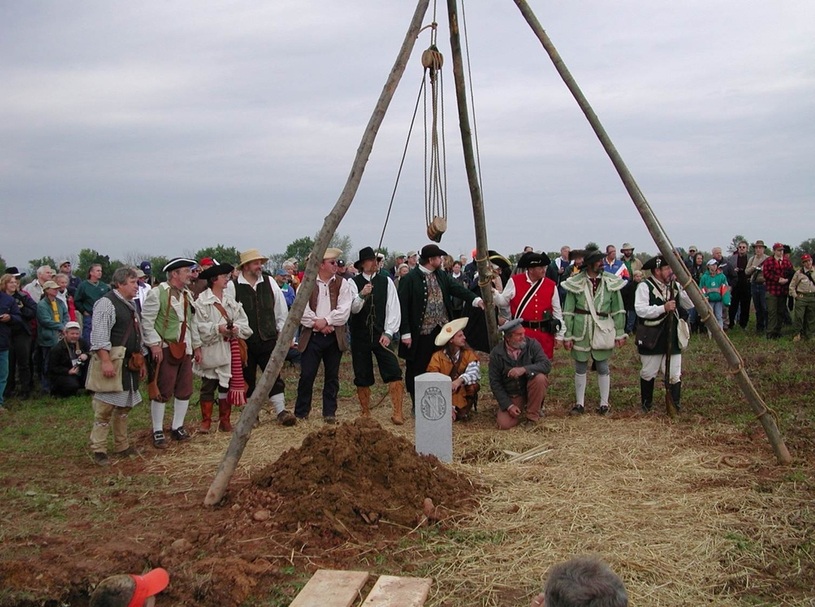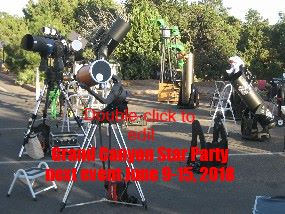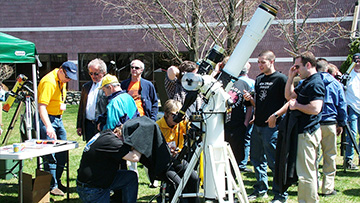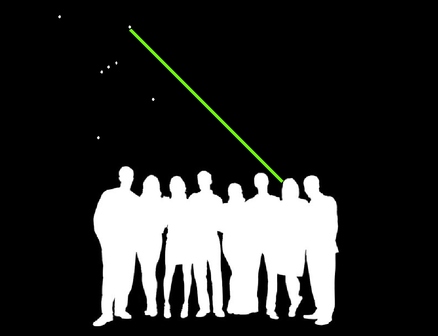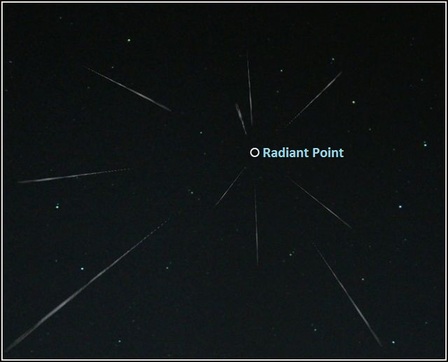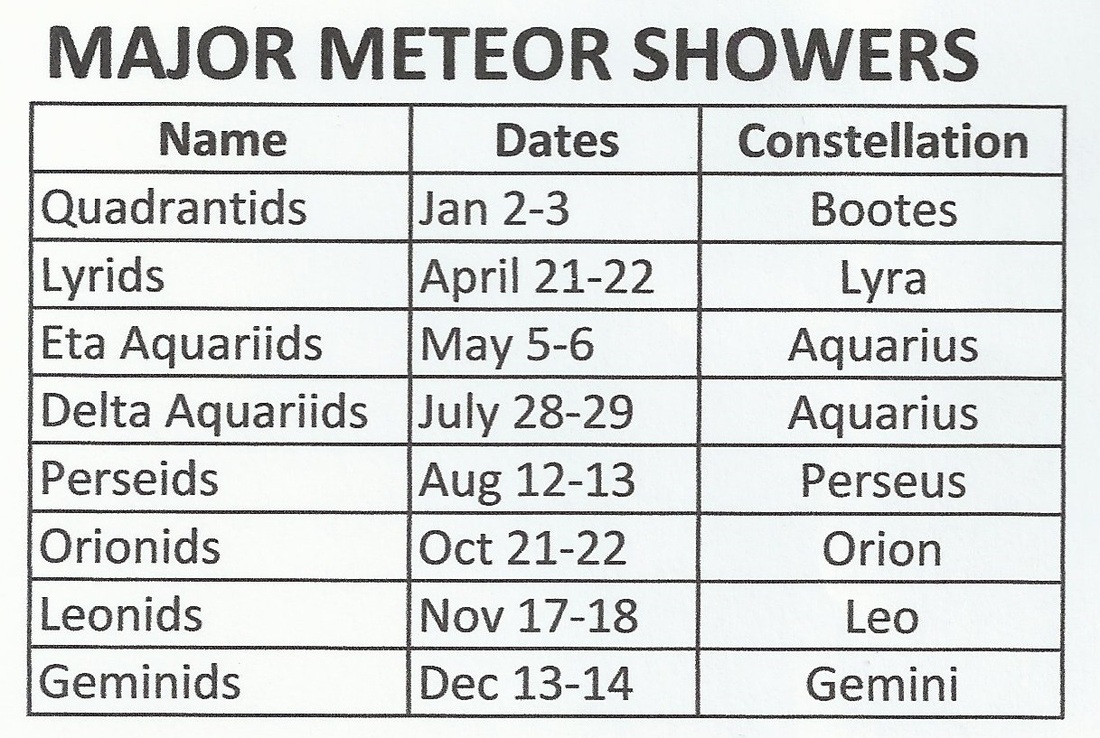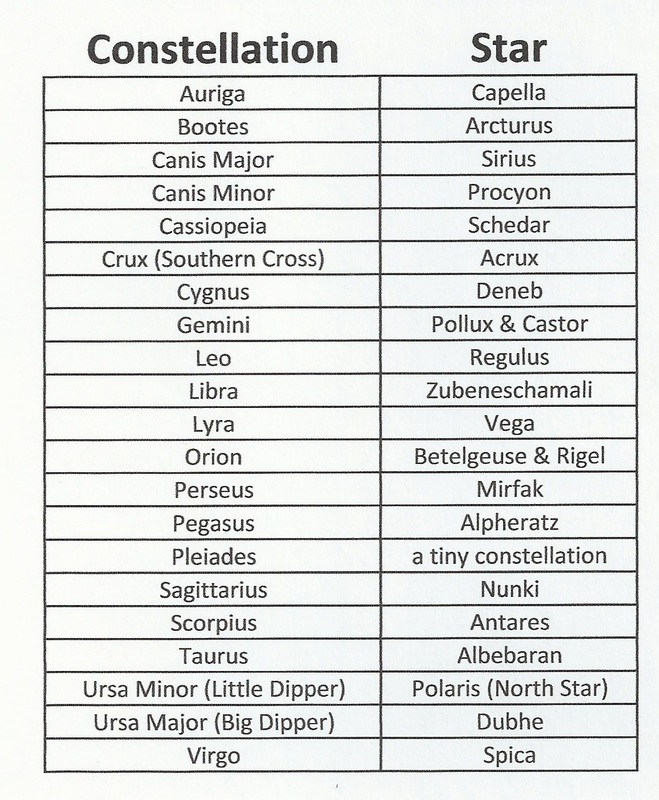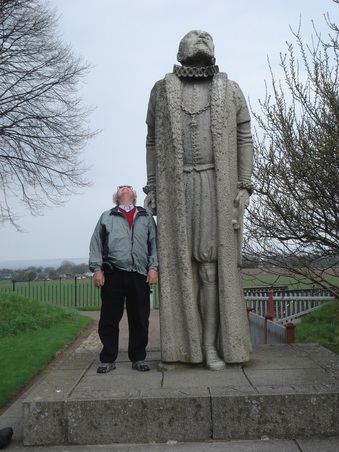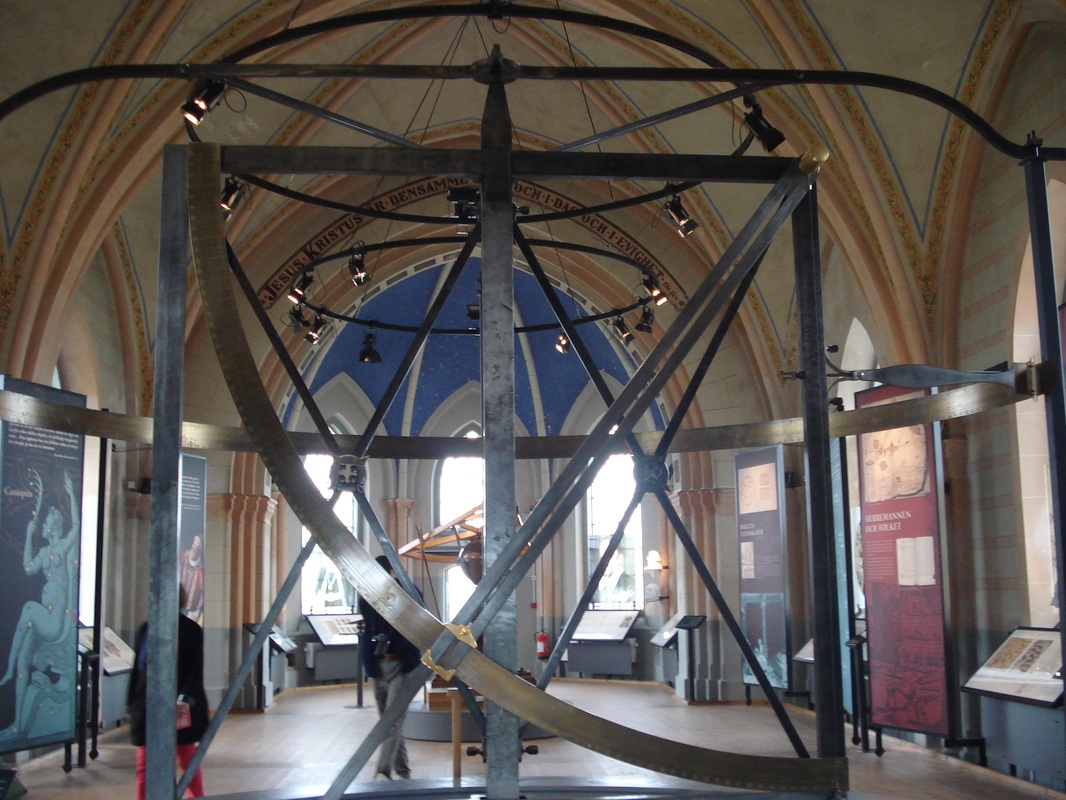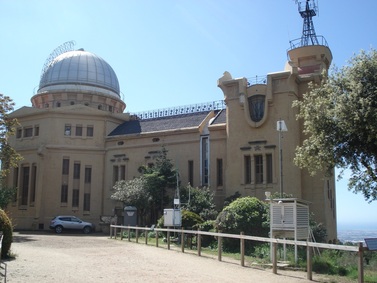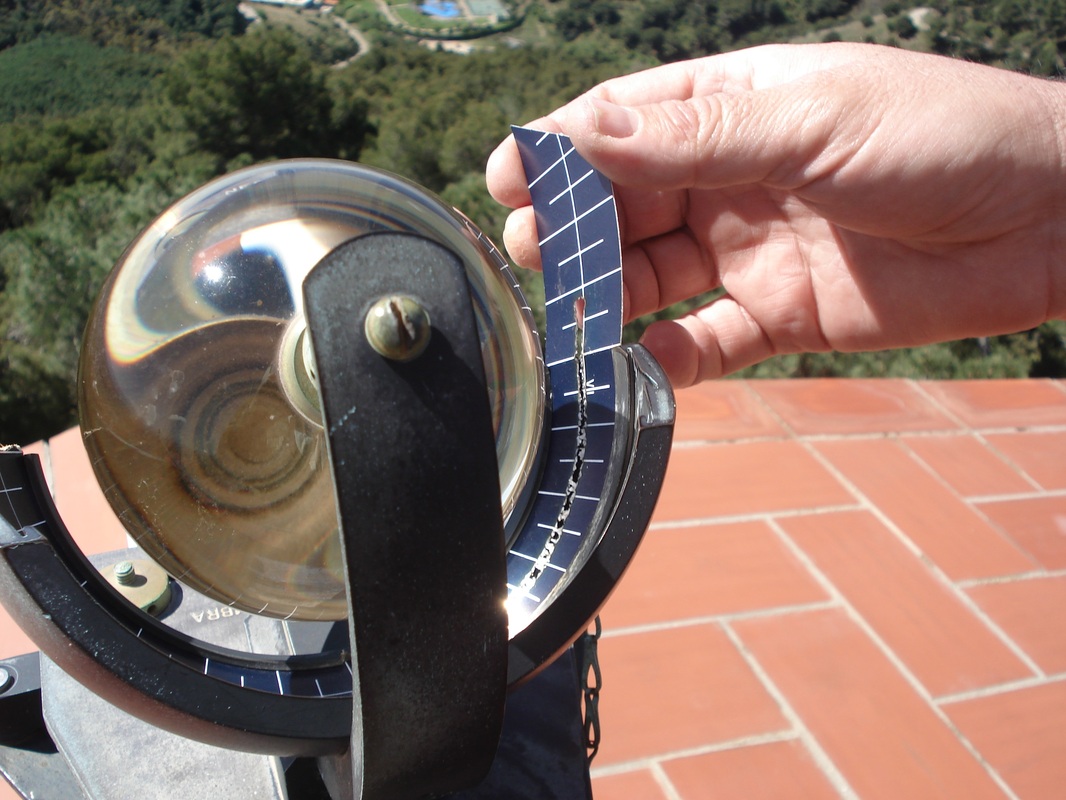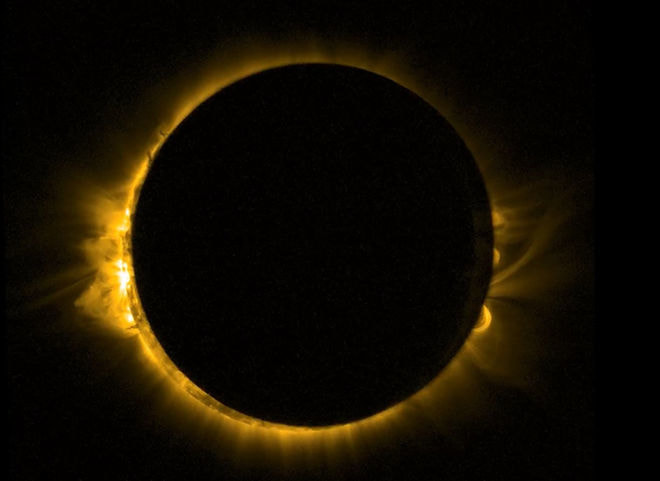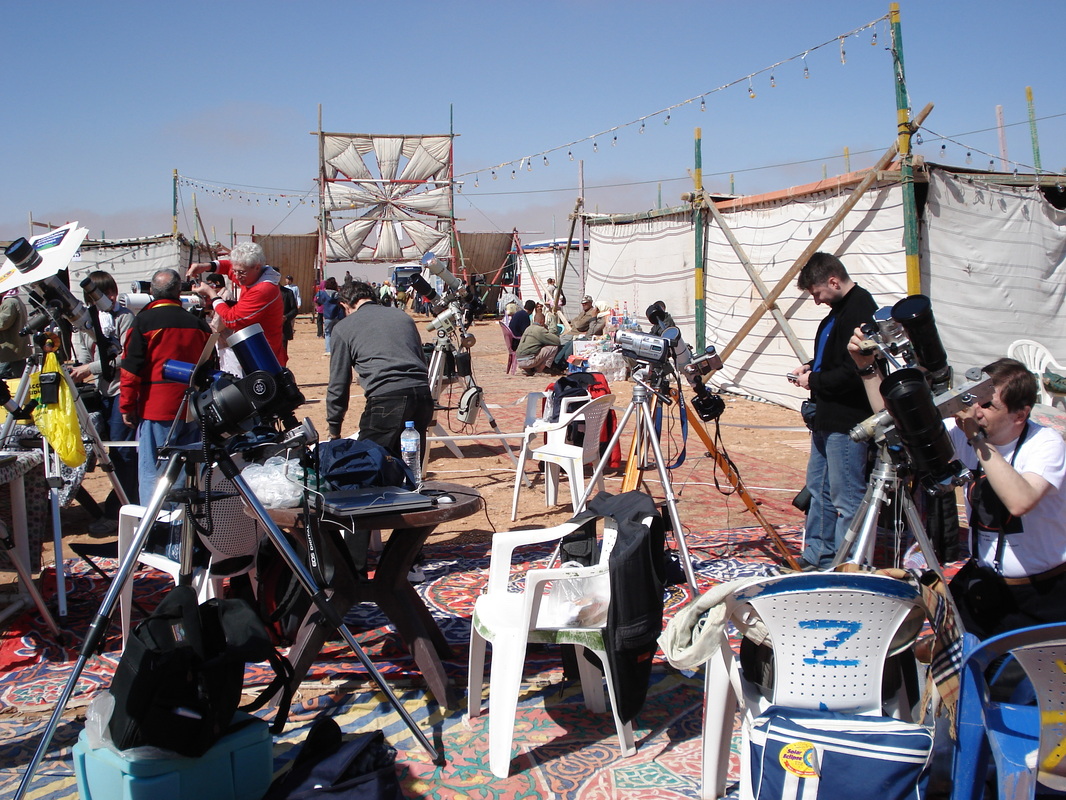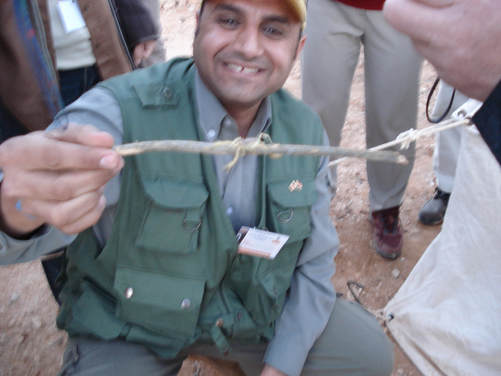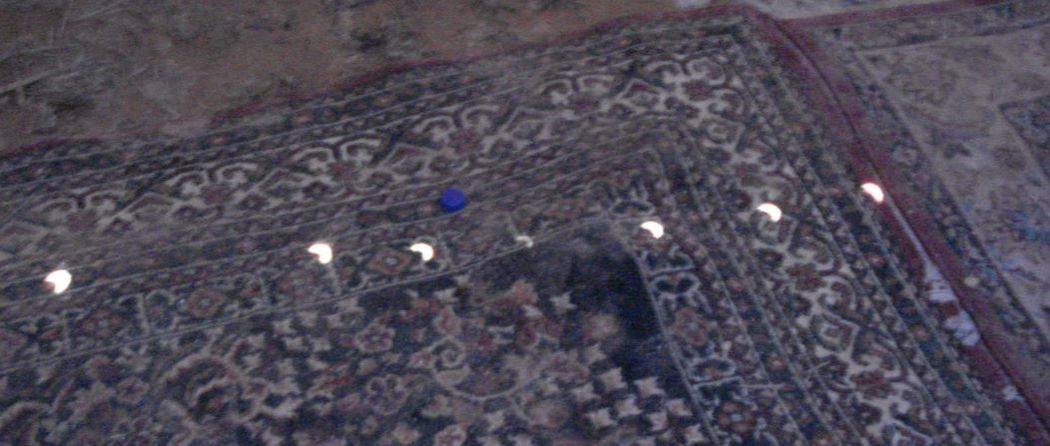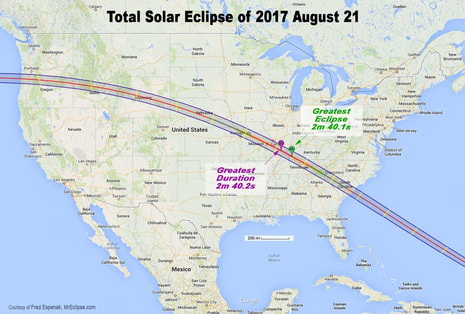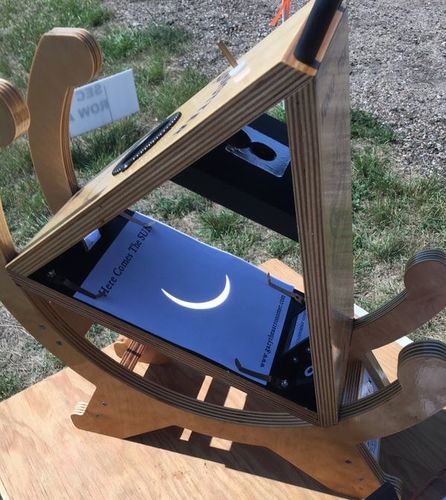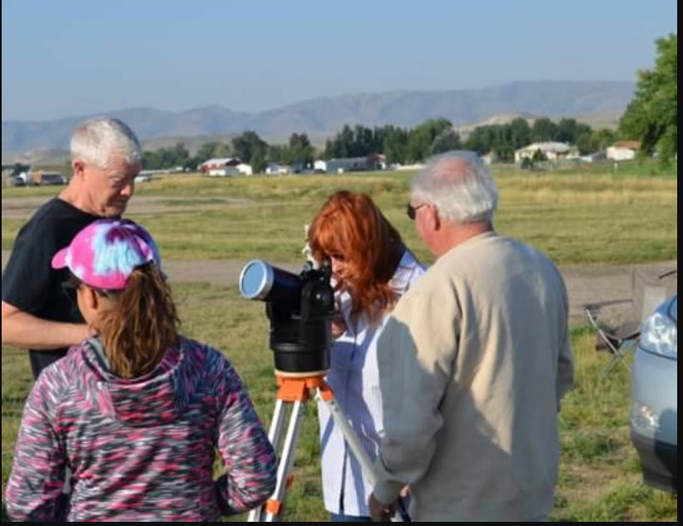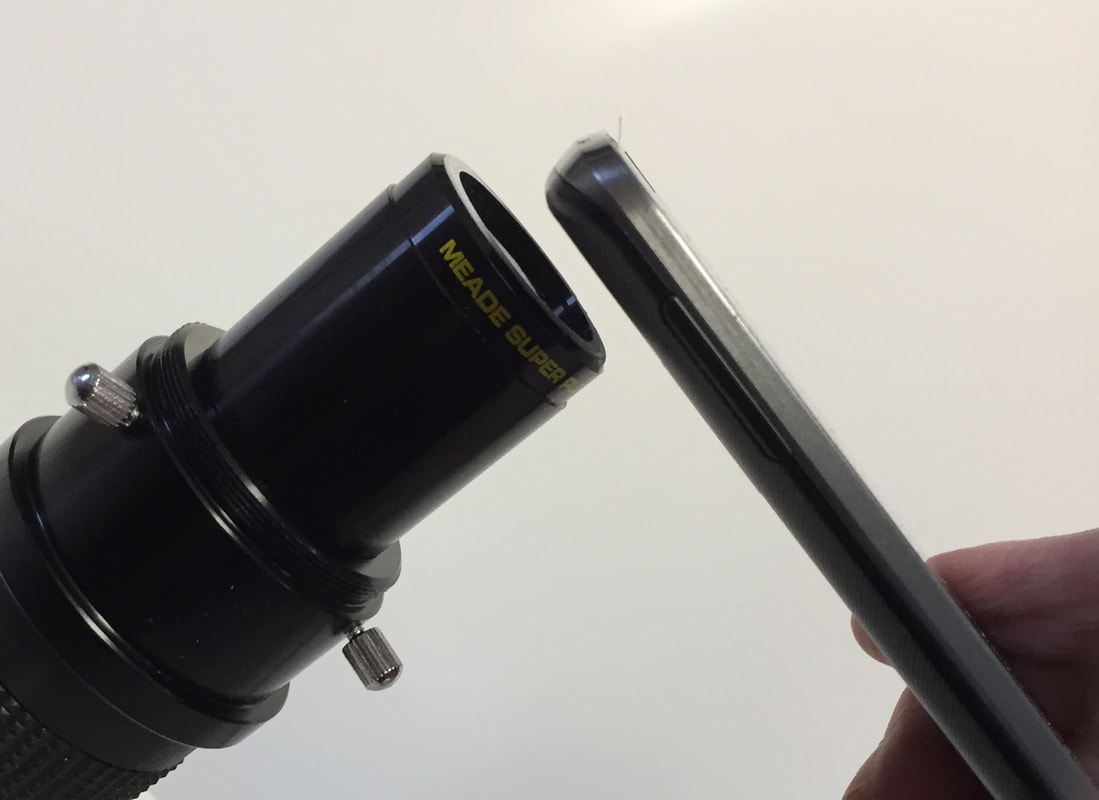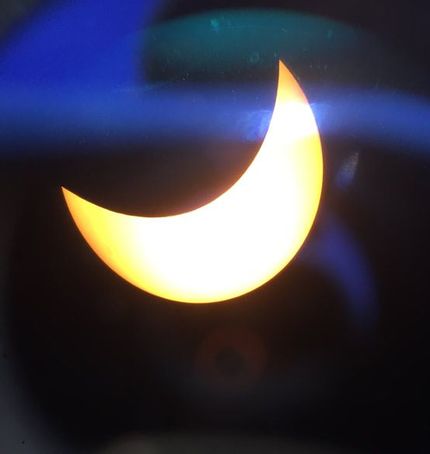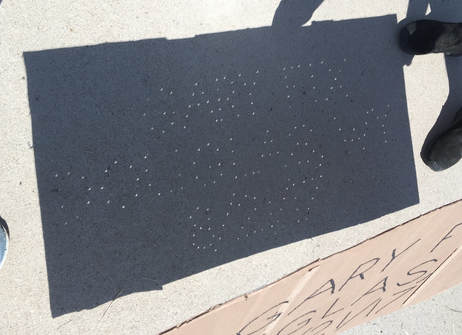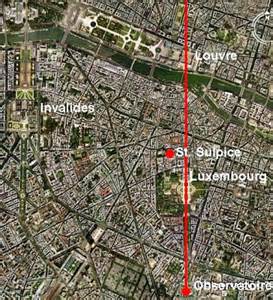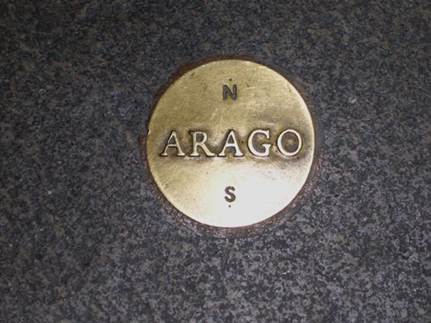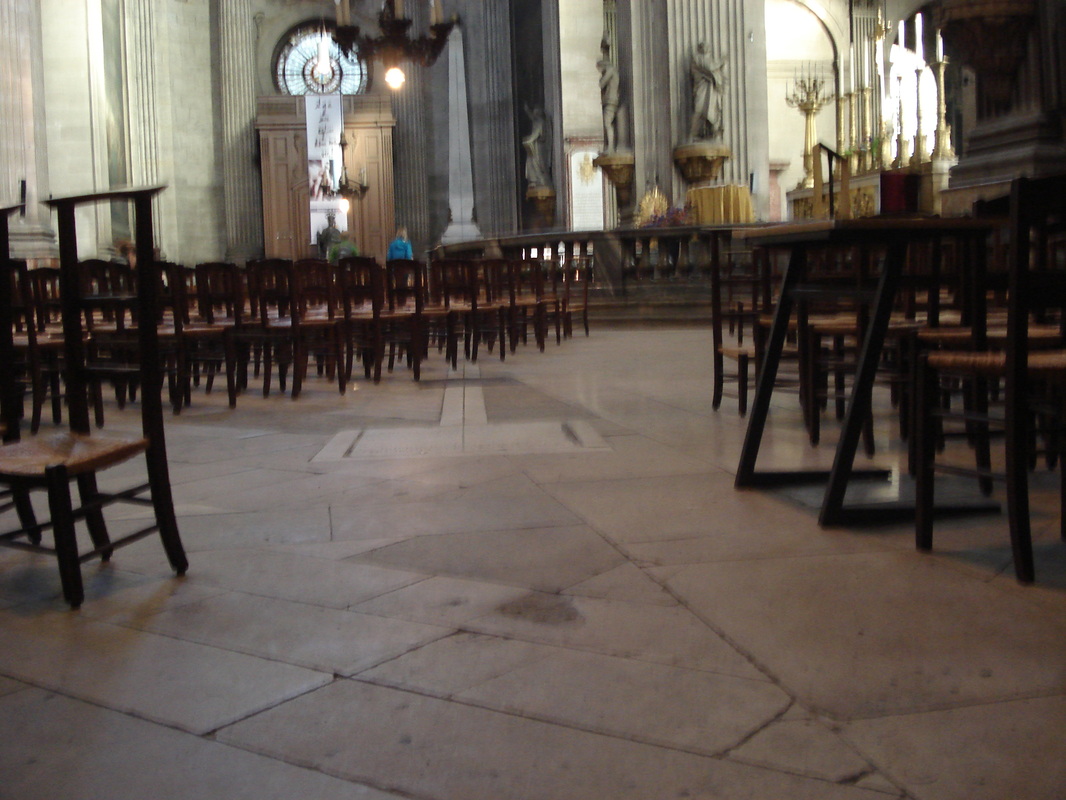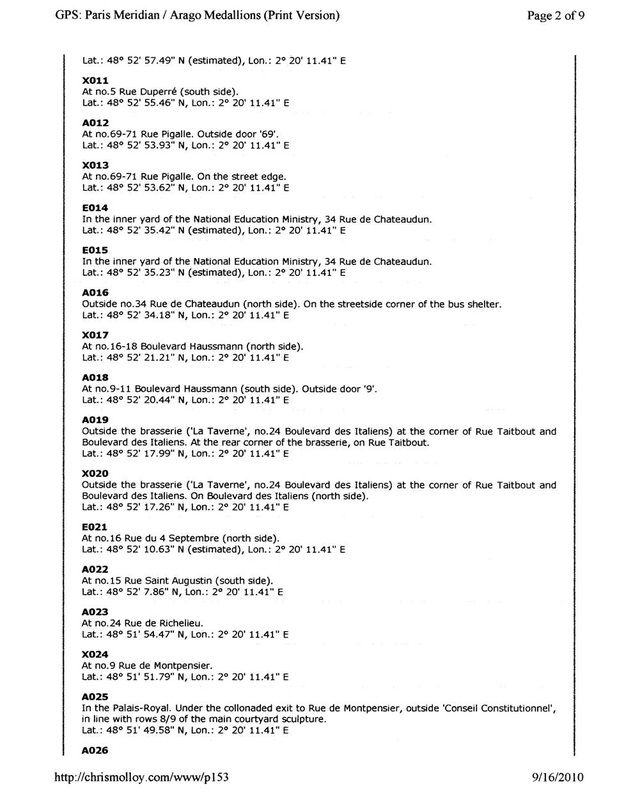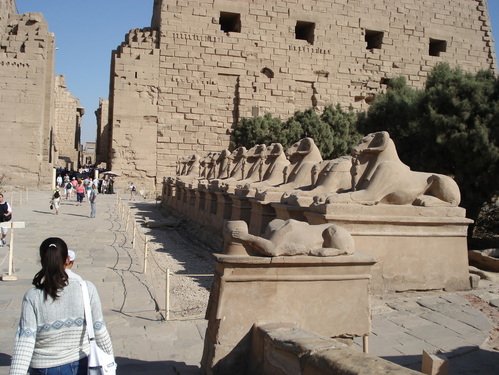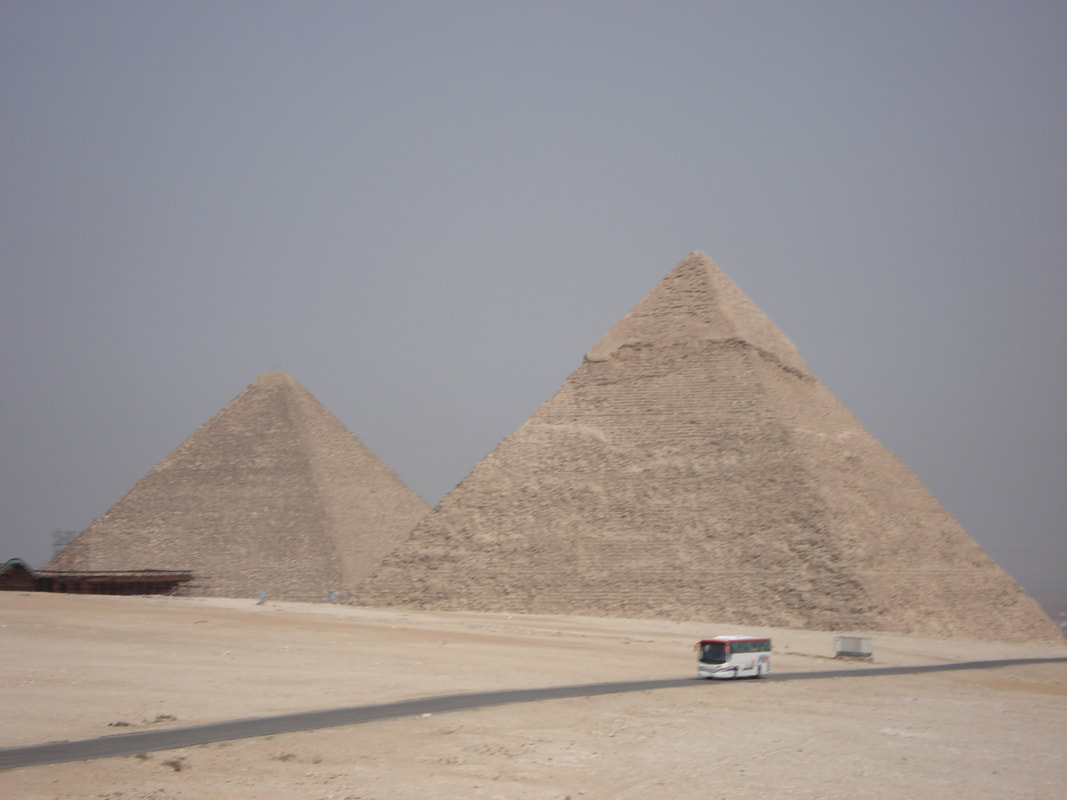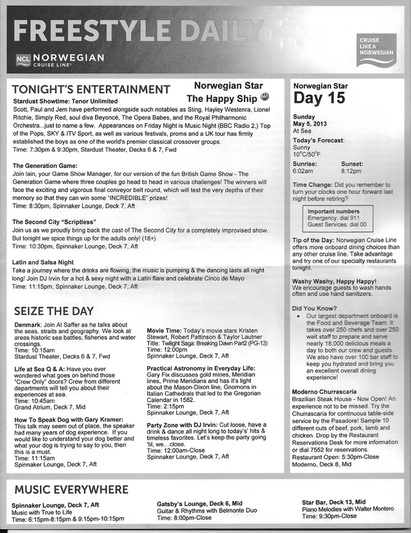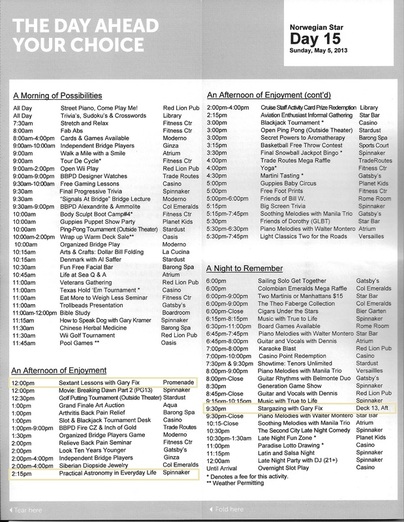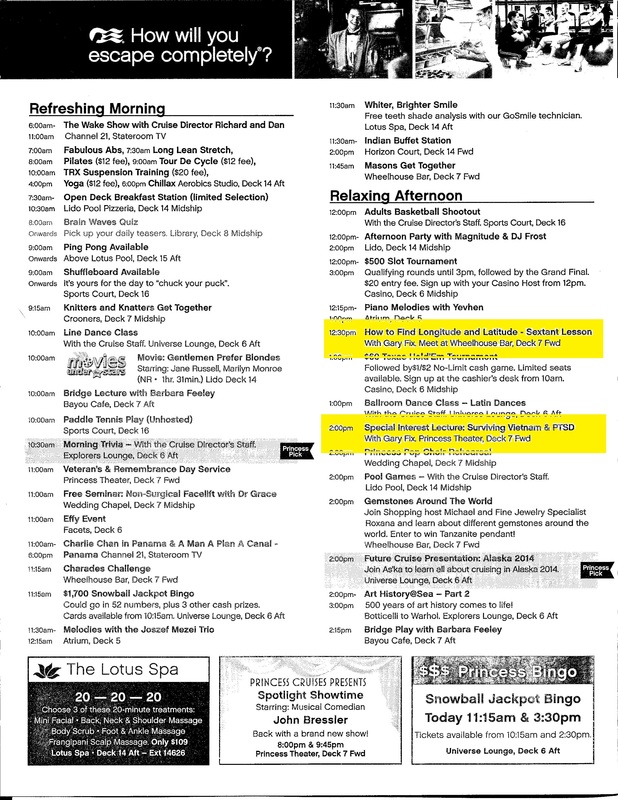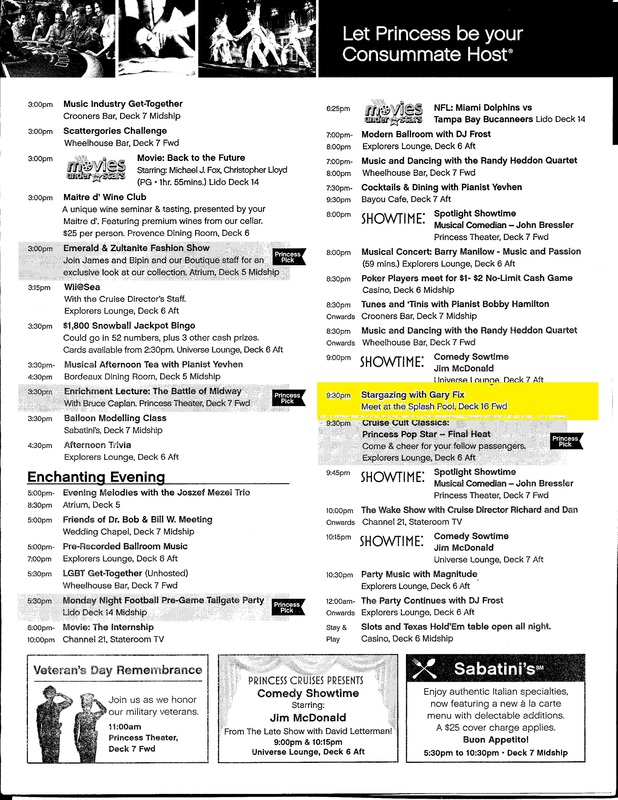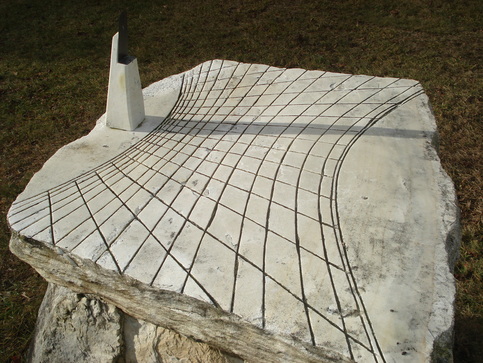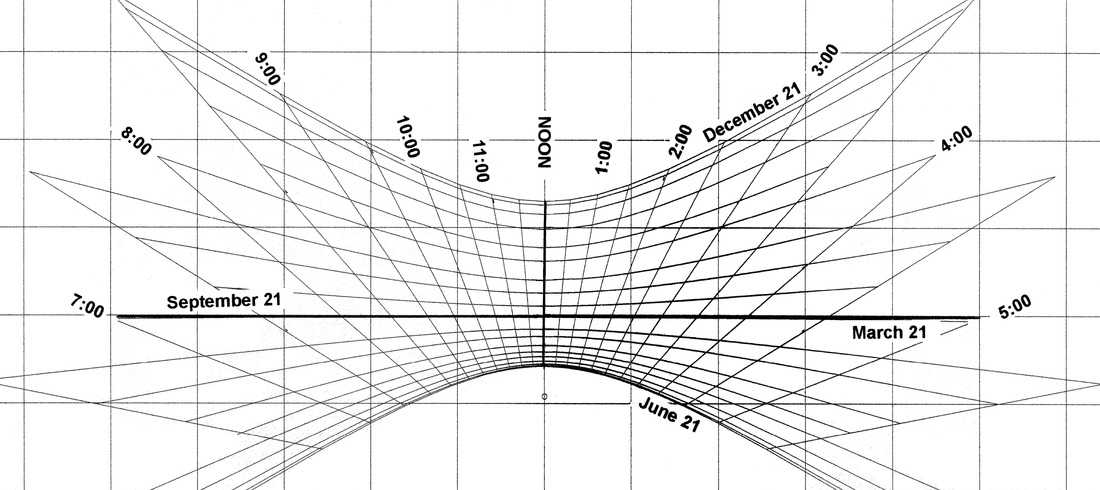Hoover Dam
There is a sculpture by Oskar Hanson that shows the location of the Moon, Mercury, Venus, Mars, Jupiter Saturn, and several stars at the exact time of the Dedication of the dam on September 30, 1935. It is in the terrazzo floor of the bronze sculptures.
There is a sculpture by Oskar Hanson that shows the location of the Moon, Mercury, Venus, Mars, Jupiter Saturn, and several stars at the exact time of the Dedication of the dam on September 30, 1935. It is in the terrazzo floor of the bronze sculptures.
Sextant Lessons
|
click on the PowerPoint Lecture for more information
|
Your browser does not support viewing this document. Click here to download the document.
|
Peru - Machu Picchu
the Transit of VENUS 2012
Venus transits the Sun twice every 121 years. The latest event was 2004 and 2012. In 1769 over 100 expeditions observed the transits from opposite sides of the Earth in order to calculate the distance to Venus.
Giant Sundials in Italian Cathedrals
|
Click on the PowerPoint Lecture
for more information |
Astronomers call them MERIDIAN LINES and the Italians call them GNOMONS, but they were all used to determine when Easter would occur and were used to create the Gregorian Calendar in 1582.
Greece
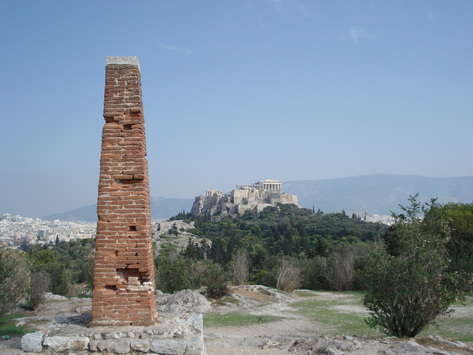
This is METON's sundial in Athens. In 500 BC he determined the length of the year to be 365 and 5/19 days long, today we use 365 and 1/4 days. He also created the Metonic Calendar which is 19 years long and is based on the time it takes the Earth, Sun and Moon to return to the same position. This is the same calendar that was used by the Mayan's 1500 years later in South America and 7000 miles away. Remember when the World was supposed to end on December 21, 2012, that was only the last day of a Metonic Period and the start of a new calendar.
Prime Meridians
A PRIME MERIDIAN is an arbitrary starting point to measure LONGITUDE on the Earth. When measuring LATITUDE, everyone uses the North and South Poles and the Equator as the starting point. Prior to 1886 each country on Earth used their own Observatories' as the Prime Meridian for Longitude for all maps produced in that country. This was done because nations were constantly at war with each other and could not depend on the astronomic tables published by their enemy. Today everyone uses Greenwich, England (a suburb of London) as the Prime Meridian. Here are some photos of various Observatories I have visited that once served as their country's Prime Meridian.
Mason Dixon line
Star Parties
Star Gazing and Naked Eye Observations
METEOR SHOWERS are the dust trails of comets that crossed the Earth's orbit. Their location is stationary so we pass through them at the same time each year. The showers are named after the constellation where their RADIANT POINT appears in the sky. All the "shooting stars" appear to come from a single point in the sky, so if you know where to look, you will see many more meteors. Also, if you are looking 2 hours before sunrise you will see many more than if you are looking 2 hours before midnight. It is much like looking at a snowstorm through the front windshield of a car and the same view out the back window.
How to find the PLANETS
Draw an imaginary arc in the sky from the point of sunrise to the point of sunset. This is the ECLIPTIC and the planets will always be in this narrow band in the sky. Remember that the location of sunrise and sunset changes as the Earth moves in it's orbit around the Sun. The old saying "stars twinkle and the Planets shine" may help a little, but it is better to use a star gazing website or a smartphone app.
|
|
Island of Hven, between Denmark and Sweden |
|
|
Spain |
Total Solar Eclipse, Aruba, 1998
Total Solar Eclipse, Wyoming, 2017
Paris, France
Egypt
Cruise ship work
nightly stargazing, sextant lessons, and lectures.
|
|
Lee, Massachusetts
|
|
I created a Sundial that not only tells the Time of Day but also the Day of the Year. The data used is only good for the Latitude of my house (42-18-40 North)
Questions and comments
email to [email protected]

